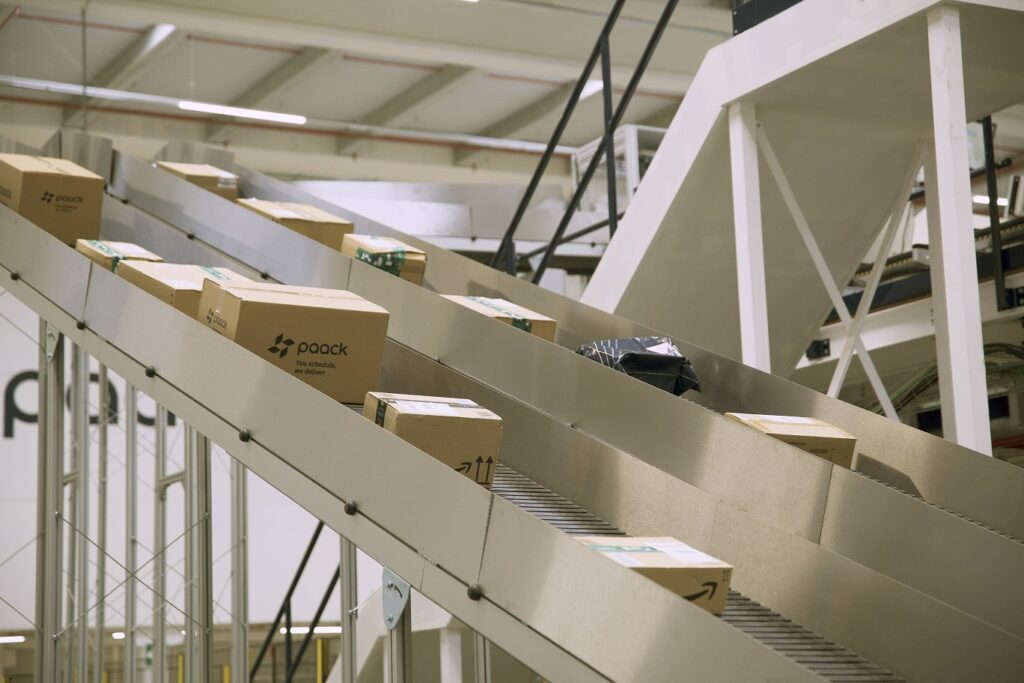Warehouses are an integral part of the supply chain, and look set to continue to play an essential role in the future of logistics. However, adopting the latest technologies for today’s warehouses is not as easy as it sounds, as warehouses are typically housed in large buildings built for this purpose in the early years of logistics, and often have traditional layouts.
That is why warehouse managers and companies are looking for ways to incorporate innovative elements into their existing infrastructure and systems to transform their warehouses without having to change the overall infrastructure and avoid significant increases in capital expenditure.

The logistics sector in general is moving towards a more integrated approach that improves transparency and visibility for warehouses, their logistics partners and their consumers. So which logistics trends will influence the warehouses of the future? Let’s take a look at a few of the trends that look set to transform warehouse management as we know it.
1 Mobile devices, such as smartphones and tablets, offer warehouse workers and logistics partners a range of tools and resources, such as barcode scanning and shipment tracking applications and the ability to receive data and generate reports in seconds.
2 Automated capacity management involves the use of technology for more effective, data-driven capacity planning. A manually-run warehouse often leads to slow processes, inefficient workflows and human error. By automating capacity management, the space in the warehouse is used more efficiently, meaning less errors and less revenue loss.
3 The Internet of Things has become more accessible and is ideal for fostering better communication and collaboration between supply chain partners, as well as helping to identify risks in the supply chain, providing real-time data about shipment delays and improving inventory management.
Robotics companies can now offer robotics as a service (RaaS) solutions that make robot deployments more feasible than ever. RaaS models offer a scalable, cost-effective and less risky way to install robotics in warehouses with no additional infrastructure requirements and very little training for warehouse staff.
4 On-demand warehousing or Warehouse as a Service are also trends that look likely to become more common, which involve linking supply chains or parts of them, such as warehouses, to accommodate temporary demand for additional capacity or companies giving up their infrastructures when they are not using them.
5 Artificial intelligence is beginning to be used to automate tasks and decision-making in warehouses, through the use of big data and machine learning. Drones are also expected to be used in the future in warehouses to track inventory, automating this task and facilitating the provision of updated information on a more regular basis.
6 Advanced analytics can be applied to provide more accurate demand forecasts, improved risk reduction, faster responses to supply chain issues and more efficient inventory location planning. Advanced sortation systems are currently only affordable for high volume large retailers, but we will probably see their use spread over the next few years for parcel sorting, order fulfilment and retail.
7 Autonomous vehicles also look like they will be an important feature of warehouses of the future. Warehouse automation technology solutions such as autonomous robotic forklifts, carousels, collaborative robots or autonomous guided vehicles (AGVs) in warehouses, for example, increase productivity and efficiency of operations while releasing warehouse employees from repetitive tasks so they can focus on more complex tasks. The introduction of automation tools that are simple to use and easy to train workers on will radically change the nature of the tasks involved, attracting new workers to the sector.
The world around us is changing, technology is becoming more advanced, and the logistics industry is taking full advantage of the solutions offered by these advances to improve the supply chain for employees, warehouse managers, logistics professionals and customers.




